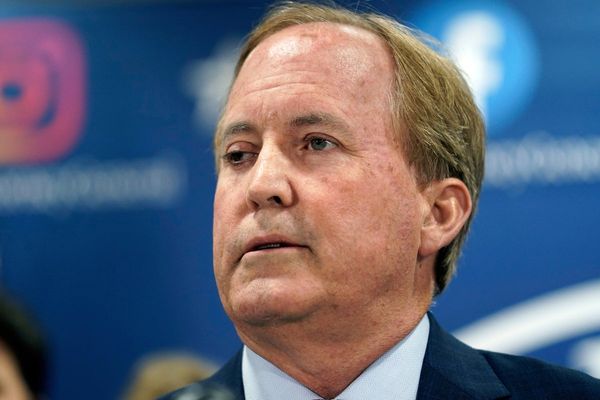
anilakkus for iStockphoto; Canva
What Is Interest Rate Risk? What Is an Example of Interest Rate Risk?
During bear markets, investors flock to fixed-income investments like bonds and Treasury securities because they offer relative stability in times of market volatility. In addition, many provide regular interest payments, known as the yield, or coupon.
A lot of investors already know that bond prices and interest rates have an inverse relationship. You may have even heard the phrase, “When interest rates rise, bond prices drop.” Bonds are sensitive to interest rate risk, which means that when interest rates rise, the value of bonds falls, and when interest rates decline, bond prices go up.
How Does Interest Rate Risk Affect Bonds?
But why exactly do bonds lose value when interest rates increase? It all boils down to a matter of supply and demand.
When interest rates rise, the value of bonds falls because investors lose interest in owning bonds with lower yields. Thus, waning demand drives prices lower. In a similar way, when interest rates are cut, the value of bonds rises, because investors suddenly find bonds with higher yields to be more attractive, and thus, demand grows.
Say you bought a 10-year, $1,000 bond today at a yield of 5%, and interest rates rise to 6%. If you sold your bond before it reached maturity in 10 years, your bond would be worth less than the newer bonds, which have a higher yield.
This is where the concept of bond duration comes in. Bond duration tells us how much a bond’s price might change if interest rates fluctuate. Generally speaking, for every percentage change in interest rates, the value of the bond either increases or decreases by the same amount as its duration.
Why Does Interest Rate Risk Increase with Maturity?
Let’s look at a few examples to help illustrate why interest rate risk increases on longer-term bonds.
Say you had a 10-year Treasury with a yield of 3.5% and a duration of 8.4 years. Using the formula in the chart above, if interest rates rose by 2%, the bond’s value would decrease by 15%.
But let’s say you had a longer-term bond, such as a 30-Year Treasury. This bond has a higher yield, 4.5%, but it also has a higher duration, at 14.5 years. So if rates rose 2% in this situation, the bond would actually lose 26% of its value!
Even though the 30-Year bond has a higher yield, its higher duration makes it more susceptible to interest rate fluctuations.
What Is the Interest Rate Risk Premium?
So why would an investor buy a long-term bond knowing how susceptible it is to changes in interest rates? Surely, over a period of 30 years, which is a typical long-term maturity, there will be several interest rate changes taking place in the broader economy.
This is where the interest rate risk premium comes in. Many long-term bonds are priced with high yields to offset the risk an investor incurs when purchasing a security that matures that far out: In return for the increased risk, investors expect more compensation. The increased compensation is the premium.
What Causes Interest Rate Risk?
Remember that a bond is essentially a loan from an investor to a corporation or government entity: In return for this capital investment, the bond issuer must pay back the principal of this investment with added interest, which is the yield.
External factors, like inflation, contribute to interest rate risk because the Federal Reserve must raise interest rates to get prices under control.
For some bonds, like corporate bonds, internal factors also influence interest rate risk. Think high-yield bonds associated with companies that have a poor credit rating: These bonds might sport a very high yield to offset the risk of default, should the bond issuer fail to pay back their debts. High yielding, low quality bonds are also known as junk bonds.
Most bonds prices are affected by changing interest rates because that is the very nature of an interest-paying security—interest payments make up some or all of the yield.
Do Zero-Coupon Bonds Have Interest Rate Risk?
Zero-coupon bonds do not offer a coupon payment, and so for this reason they are less affected by interest rate fluctuations. However, if an investor sells their zero-coupon bond prior to its maturity, they are subject to interest rate risk on the secondary market, once again, because bond prices fall when interest rates go up.
How Does Interest Rate Risk Affect Banks?
Every time the Federal Reserve increases or lowers its Fed funds rate, every corner of the financial markets feel its effect, and so interest rate risk is the unseen force that economists and business people follow closely.
The Fed funds rate impacts both short-term and long-term interest rates. It also affects foreign exchange rates. It also plays into broader economic considerations, like growth and employment. For example, when interest rates are cut, it becomes easier for businesses to obtainloans to build new offices or otherwise expand operations because they will have less money to pay back. Rising interest rates, on the other hand, make it harder to do business, secure mortgages to buy homes, or make other moves that involve borrowed capital.
How Can Interest Rate Risk Be Managed? Why Hedge Interest Rate Risk?
While there is no such thing as a risk-free investment, there are ways bond investors can reduce or avoid exposure to interest rate risk. TheStreet.com’s guest contributor, Jay Pestrichelli, says one hedging instrument, in particular, essentially provides a floor under your portfolio’s investments.







